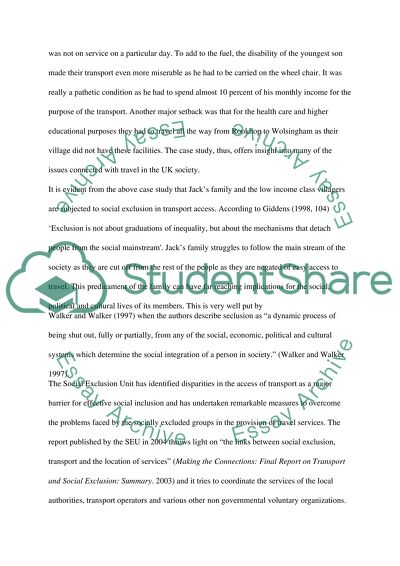Cite this document
(“Travel and Society Case Study Example | Topics and Well Written Essays - 3500 words”, n.d.)
Retrieved from https://studentshare.org/sociology/1500046-travel-and-society
Retrieved from https://studentshare.org/sociology/1500046-travel-and-society
(Travel and Society Case Study Example | Topics and Well Written Essays - 3500 Words)
https://studentshare.org/sociology/1500046-travel-and-society.
https://studentshare.org/sociology/1500046-travel-and-society.
“Travel and Society Case Study Example | Topics and Well Written Essays - 3500 Words”, n.d. https://studentshare.org/sociology/1500046-travel-and-society.


